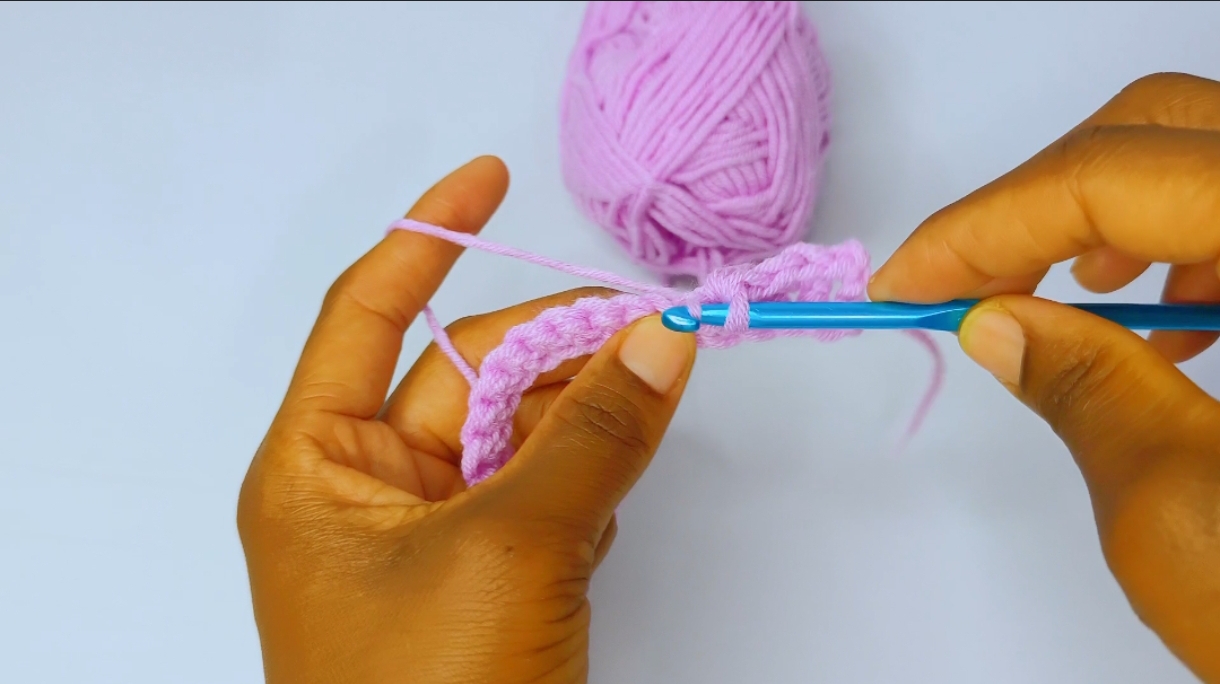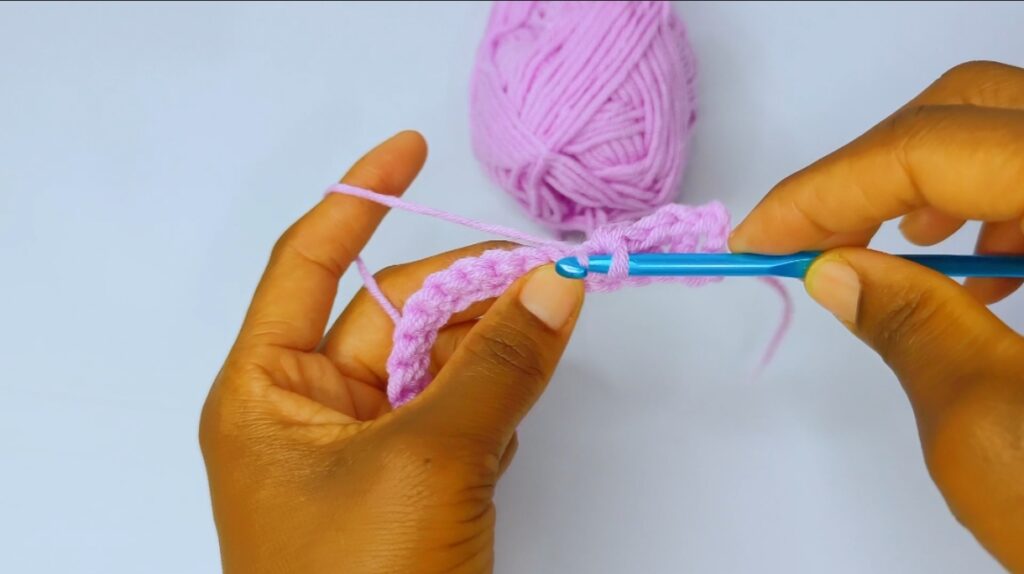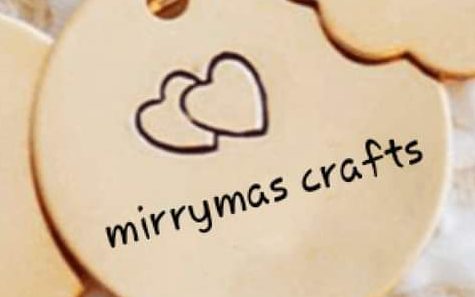

Introduction
Crocheting can be both a relaxing and a challenging hobby. Sometimes you will even think that you’ve seen all there is to see in the world of crochet. This post is packed with essential crochet tips that even the most experienced crocheters will find useful. These crochet tips are perfect for all levels and will address common problems and provide solutions to enhance your skills. Let’s get started!
Taking note of the yarn type, crochet hook and storing your projects
Take a picture of yarn brand, colour and dye lot before starting your project and when you want to take a break from your project before completion. That way if you need more yarn, or someone asks for an item with the same yarn, you don’t have to play the find that random shade. You can do this by:
- In the notes section of your phone, jot down hook size, what row/stitch you left off on, yarn information and any pattern information including the pattern source or link to the pattern. Also take a photo and attach on the notes in the phone. You can also store this information in a cloud account just in-case something happens to your mobile phone you will be able to access the information anywhere were internet is accessible. another option is to use an application like Pocket Crochet. Pocket Crochet app is a game changer. You can add pdfs or pictures of your patterns as well as notes and it has a highlighter bar to show where you are on the page. Row counters are also great. You can also include your hook size/yarn info per project. And it’s free.
- Saving your skein labels and tie a 5 inch or so piece of the yarn to the label by poking a hole in it and making a slip knot to remember. You can also write the pattern name and how many skeins needed for it on the blank back of the label and if you do not have yarn labels, write all the pattern information and your progress on a small note. Store the skein label or note together with the work in progress project.
Storing your work in progress projects: You can buy giant Ziploc bags. Each project gets a bag with the yarn, hook, pattern inside and a note with your pattern notes. It’s a clear blue bag, so you can see what’s inside, and there’s a place on the bag to jot down notes. It also keeps contents clean and dry. Another option is to use organza bags and store your projects! Plus, they make lovely gift bags when you’re ready to gift the finished item.
Running stitch marker
When crocheting in the round, use a longish string, ideally in a lower weight yarn than your piece as your stitch marker. To settle it in at the start of each round just place it over your working yarn and under your hook, then work your stitch. Just flip back and forth in the first stitch (of each round) as you crochet from one round to another and it’s easy to count the rounds. Leave it in so that if you need to frog back several rounds you always know where your round started all the way through a piece. It is also called a running stitch marker.
Yarn colour changes and weaving in ends
You can do neater color changes by pulling in the new color on the previous stitch’s loops. Basically ‘finish’ the previous stitch with the new color. Not just cutting your yarn when changing colors. When you’re going to pull your last stitch through, drop the color you’re using and pull through with the new color. Add a tiny dot of fabric glue to make sure ends stay woven in.
Weaving ends when working on large motifs : When doing something with a lot of motifs, deal with the ends as you go so you are not confronted with a huge pile of ends when you should be finished; weaving in one end takes like 30 seconds, whereas weaving in several hundred takes a while. I love to weave in ends using a needle. Also, whenever possible, work over the ends or double them with the new yarn to avoid having to weave them. To work over an end, lay it horizontally over the stitches you are about to crochet into, and just work as normal, so your hook is going under both the stitch and the end. For doubling, hold the end together with the working yarn in a double strand until it runs out; it does make those few stitches thicker, but it’s usually not that noticeable. (This latter method only works when your new color is the same as the old one)
Foundation chain
Make your chain with a larger hook than the rest of your project. The chain tends to be tighter than the rest and when you make this with a bigger hook and that gets prevented. It is a game changer if you also know how to do foundation crochet. Being able to start with single crochet, double crochet or half double crochet without messing with chain tension is great.
Straight edges
For a straight edge, make the turning chain only one chain long for every stitch up to double crochet (US terms). There’s also chain-less double crochet for the beginning of a row to keep it neat.
Hand/wrist/fingers hurting from crocheting
If your hand/wrist/fingers are hurting from crocheting there are a couple of suggestions besides ergonomic hooks: you can add self-adhesive bandage tape over the handle of your hook, try using a wrist brace, or check your tension and yarn holding technique, or take more frequent breaks rather than crocheting for hours at a time. Also sometimes a change in hook can make a big difference, however these are suggestions to try for before you change your hook type. Also there are different hook shapes. The common hook designs are tapered and inline. Some people say it makes a difference which one is more comfortable based on your hold – whether you use the knife grip or the pencil grip. Experiment and see which hook type is more comfortable to your hand.
Invisible finish
The old traditional way to end the round is to join last stitch to first stitch with a slip stitch and then fasten off. Unfortunately this method most times leaves an unsightly bump at the top of your stitches. To avoid this you can use the invisible method. This is a simple method in which instead of a slip stitch you finish in such a way to make it look like a worked stitch on the edge. I will write a detailed post on the invisible finish.
Stitch marker alternatives
No need to worry if you don’t have stitch markers. You could try using: paper clips, small pieces of yarn or safety pins.
Magic circle alternative
If you find it difficult to do the magic circle you try to use a slip knot instead of the magic circle. Make sure the tail is the part that slips so you can tighten it at the end, but this holds the circle in place better than just wrapping the yarn.
Conclusion
These are just a few tips I thought of sharing with you. Do you have other tips to share?If you do, please do share in the comment section below 🙂
Don’t be afraid to try new techniques and patterns. The more you practice, the better you’ll get and it is okay to frog your work sometimes if you make a mistake, who doesn’t? Keep those hooks moving and enjoy every stitch! . Happy crocheting, and keep creating!
